
Natural selection favoured Great Apes with more mobile upper limb joints that enabled safe descent from trees, researchers claim. Downclimbing could be an overlooked factor in the evolution of anatomical differences passed on to human beings...
Many millions of years ago, our tree-dwelling primate ancestors used their climbing skills to find food, shelter and evade predation. They faced a reality familiar to contemporary human climbers: getting up is only one half of the challenge.
A new study suggests that heavier Great Apes may have evolved more mobile joints in their shoulders, elbows and wrists to enable their large frames to safely descend trees, leading to our human hunting, throwing and climbing skills. Compared to smaller monkeys, Great Apes demonstrate a wider range of movement in the upper limbs, which researchers believe helps to brace and slow their bodies' momentum as they climb down branches and trunks.
Dartmouth College researchers Luke Fannin, Mary Joy (a climber) and their team compared the climbing styles of chimpanzees and small monkeys called sooty mangabeys. They found that while both primates climbed up in a similar, bent-armed manner, their descent style differed.
The earliest evidence of a flexible ape forelimb was found in a 21-million-year-old fossil named Morotopithecus, found in Uganda. "It preserves a shoulder joint that is indicative of the kind that great apes have for climbing up and down trees, and this ape was also large-bodied, estimated to be between 20-40 kgs," Dr Luke Fannin said. "So we think large-bodied apes have been climbing down out of trees at least since the Miocene [23.03-5.333 million years ago], which is a long time to be concerned about falling."
Fossils suggest that early humans spent significant time in trees around 3 million years ago. Homo sapiens' followed the Great Ape path around 27 million years ago, eventually splitting from our closest cousins – chimpanzees and bonobos – between six and eight million years ago.
This latest finding from the Dartmouth team is most significant when looking at how early humans evolved from climbing trees to walking on land, influenced by the discovery of fire which protected from terrestrial predators. Dr Fannin explains that some of the earliest hominins (e.g., Lucy's species, Australopithecus afarensis), while ground-dwelling bipeds, also possessed some "ancestral" traits from an earlier ape ancestor. Among these were shoulders seemingly structured more like those of modern apes, leading some to speculate that these hominins were still partially arboreal, or tree-dwelling.
Previous studies on chimpanzee climbing mechanics had cast doubt on the connection between increased shoulder mobility and vertical ascents, Dr Fannin explains. But what goes up, must also be able to get back down safely; downclimbing had been overlooked.
"Our study shows that vertical descent and shoulder/elbow mobility go hand in hand in ape evolution," Dr Fannin said. "This suggests that one potential benefit of the flexible ape-like shoulders in early hominins was for getting down out of trees, not getting up—and descent is a far more risky endeavour for a hominin."
The much larger chimpanzees were able to extend and straighten-out their arms further as their weight pulled them downwards, just as a human climber might downclimb a ladder or route. During ascent, the degree of shoulder flexion and elbow extension was similar between the two species but during descent, these values differed greatly, with chimpanzees displaying mean joint angles that were 21° and 33° greater, respectively. This flexibility, researchers argue, enabled the chimps to brace for a safer descent and avoid a fatal fall—an especially important adaptation given their lack of claws or sticky pads for extra grip.
A greater range of movement in the chimpanzees' arms is enabled by flexible ball-and-socket shoulder joints and a shorter elbow bone known as the olecranon process — traits which are shared in humans. The smaller mangabeys have less mobile upper limb joints that more closely resemble those of quadrupedal animals that move on all fours, such as dogs or cats.
The mechanics of downclimbing is all about braking forces and slowing down movement. "For both primates, but especially for the heavier chimpanzees, friction is the name of the game here," Dr Fannin explained. "Flexing the upper arm and extending the elbow allows for chimpanzees to increase friction on the upper hand contact with the support, aiding in both braking the centre of mass and improving stability during the downward gait cycle."
This technique is aped by human climbers. Studies have shown that downclimbers exert less force on supports with their feet, meaning that most of the frictional braking force needs to be supplied by the upper limbs to prevent falling, Dr Fannin said.
***
Dartmouth researcher and climber Mary Joy was the first to notice the difference in downclimbing techniques between the mangabeys and the chimpanzees. Inspired by watching them descend, she began to think about the difficulty that downward movement places on the body while trail and mountain running, and bouldering indoors.
Typically, road runners think of downhill sections as the easy terrain — which holds true over short distances, but the strain on the joints builds up over longer distances. "I started to think a lot more about how tiring downward movement over steep slopes could be, and how much I needed to adapt my movement specifically to deal with the stresses it would place on my quads, hips, and knees," Joy said.
On the bouldering wall, Joy noticed how tiring downclimbing often felt compared to climbing up. The reason for this, she explains, is that lesser-used muscles have to stay contracted for longer and are put under greater force. "When climbing vertically, I'm usually not holding any one given muscle under contraction for a long period of time, because that results in a high energy expenditure and associated fatigue," she said. "When downclimbing, not only am I putting muscles under contraction that are probably used less, but unless I am fully lowering myself to a hanging position, that contraction is also placing increased stress on the joints of my upper arm."
Humans are also typically slower and more cautious at downclimbing than ascending, which increases the duration of muscle contraction and joint stress, leading to quicker fatigue. Chimpanzees, however, appear to "crash" their way down trees, using momentum to quickly and efficiently descend while engaging their mobile upper limbs as brakes.
"The idea behind our study as it relates to climbing is that downclimbing is a motion that places significant amounts of stress on the upper limbs, and in heavy organisms poses a real safety hazard unless they can do it efficiently," Joy said. "In order to do it efficiently, they need to have an increased range of motion both to move quickly and to avoid placing significant stress on the joints."
But these adaptations afforded to us by our primate ancestors are not only useful for getting down. Today's route-setting - with its parkour, palming-off and paddle dynos - would arguably be more difficult without our increased range of movement in the shoulders and elbows.
"Modern human rock climbing probably has a larger range of movements than a chimpanzee (or our human ancestors) climbing a tree," Joy says. To conserve energy, climbers often hang with their arms straight, allowing the muscles to relax and the skeleton to take most of the strain. "I find being able to hang on a hold for a bit useful on overhung routes if I need to cut feet—that would be much less energetically efficient at my weight if I couldn't extend my elbows," Joy explaned.
Recognising their movement skills, elite German climbing coach Udo Neumann has long drawn ideas and inspiration from watching orangutans and gibbons in the trees of Borneo. For Neumann, the influence of our ancestors' time spent in the canopy on the human body and its climbing functionality is clear.
"As our human ancestors spent 60 millions years as arboreal creatures, our locomotor system is designed for biped hand- assisted running, climbing and jumping in the trees," he said. "Rock and indoor climbing is the contemporary expression of that in movement culture, but those capacities developed first to deal with tree trunks and branches." As climbers, Udo, says, we have a strong and relatable case in considering our arboreal past — something which has historically been overlooked due to a stronger focus on how our heritage as long-distance runners shaped human anatomy and physiology.
***
Undertaking this research involved getting up close with primates in their natural habitat, where they can move rapidly through the trees and for distances of up to 10km a day. Dr Fannin followed mangabeys in Côte d'Ivoire's Taï Forest and filmed their movement patterns, while his colleague Jerry DeSilva documented the travel of chimpanzees in Uganda's Kibale Forest.
Given their peripatetic nature, could this mobility also help Great Apes to climb up and around more efficiently as well as aiding safe downclimbing?
"We think that energy efficiency may be a secondary consideration here, and that really the maintenance of highly flexible shoulders in the great apes is to ensure that their vertical climbs are safe, even at the cost of energy economy," Dr Fannin said.
Most Great Apes (including the Bornean orangutans that Dr Fannin is currently studying) spend a lot of time moving and traveling on the ground. If energy economy was a sole priority, he argued, these apes might have evolved a forelimb better suited to terrestrial travel that would improve their joint stability and efficiency in moving along the forest floor.
"The fact that they move on the ground so much but still possess energetically costly yet flexible forelimbs suggests that these traits are being maintained by natural selection for another reason, and we think that reason is for climbing safety," Dr Fannin explained. "In the end, selection is going to act on those traits that exert the strongest effect on fitness, and death from falling is a far more serious consideration than an energetically efficient vertical climb."
Some apes spend little time on the ground, but don't climb vertically as much as others, either. Lesser apes like gibbons brachiate and use momentum to swing and move efficiently through the trees, helped by their flexible shoulders and elbows and smaller size. This adaptation enables them to rapidly travel between sections of forest with ripe fruits and compete effectively against monkeys and orangutans.
"In that case, one could make the argument that their advanced brachiating adaptations (of which the shoulders and elbows are a component) help them to move quickly and efficiently in the trees," Dr Fannin said. "But they are also quite small, and falling may be less of a concern."
In contrast, Dr Fannin recently followed a large adult male orangutan who was came away unscathed after falling out of a tree during a routine climb when a branch broke under his weight (~70-100kg). "Luckily he was fine; cushioned by all of his hair and fat," Dr Fannin said. "He was only 10m off the ground, but it shows what a challenge these heavy apes have when they climb; falls can be a serious issue, so climbing safely is a must!"
Climbing aside, without our improved shoulder and elbow mobility thanks to our downclimbing ancestors, basic everyday tasks and sporting activities would be much more challenging.
"I was a baseball pitcher in high school, and I can't imagine throwing a curveball or change-up without a flexible shoulder or elbow," Dr Fannan said. "Using tools would be a lot harder, along with cooking and dancing. I'm imagining the disco moves that John Travolta demonstrated in Saturday Night Fever; impossible without a flexible shoulder and elbow. And don't forget about kids! The monkey bars wouldn't be as fun if you couldn't swing on them."
Taking a more philosophical — and tongue-in-cheek — perspective, Neumann quoted a line from The Hitchhiker's Guide to the Galaxy that the study brought to mind:
"Many were increasingly of the opinion that they'd all made a big mistake in coming down from the trees in the first place. And some said that even the trees had been a bad move, and that no one should ever have left the oceans."
- SKILLS: Top Tips for Learning to Sport Climb Outdoors 22 Apr
- INTERVIEW: Albert Ok - The Speed Climbing Coach with a Global Athlete Team 17 Apr
- SKILLS: Top 10 Tips for Making the Move from Indoor to Outdoor Bouldering 24 Jan
- ARTICLE: International Mountain Day 2023 - Mountains & Climate Science at COP28 11 Dec, 2023
- ARTICLE: Dàna - Scotland's Wild Places: Scottish Climbing on the BBC 10 Nov, 2023
- INTERVIEW: Loki's Mischief: Leo Houlding on his Return to Mount Asgard 23 Oct, 2023
- INTERVIEW: BMC CEO Paul Davies on GB Climbing 24 Aug, 2023
- ARTICLE: Paris 2024 Olympic Games: Sport Climbing Qualification and Scoring Explainer 26 Jul, 2023
- INTERVIEW: Malcolm Bass on Life after Stroke 8 Jun, 2023
- ARTICLE: Alexandr Zakolodniy - A Climbing Hero of Ukraine 26 Apr, 2023



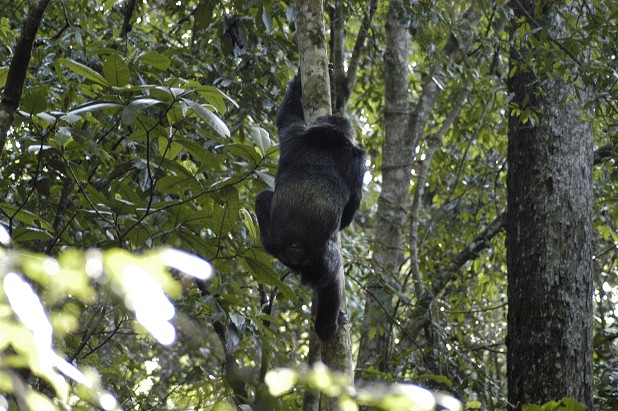
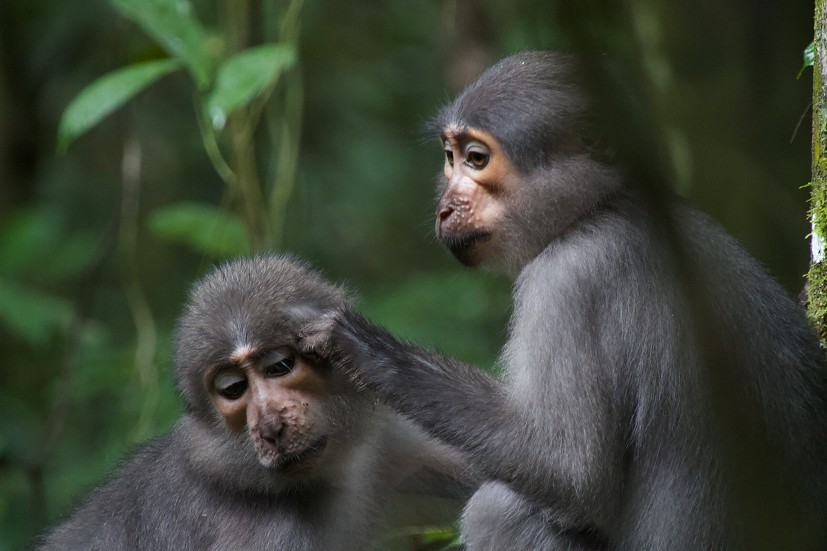
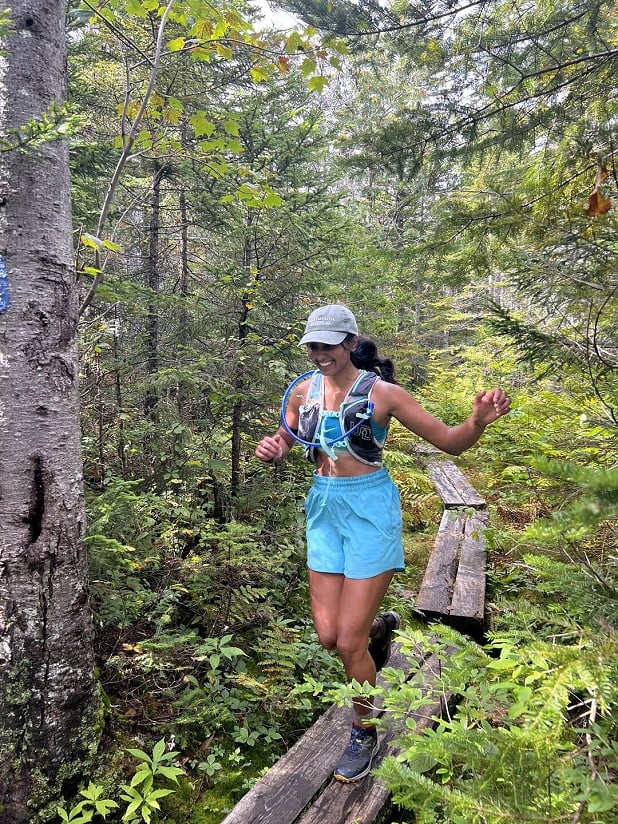
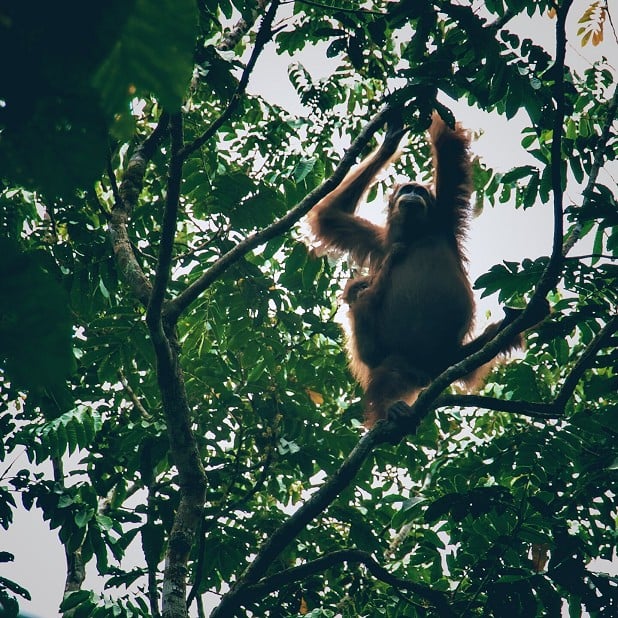


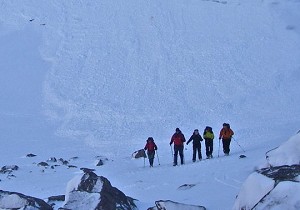
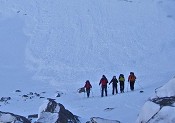










Comments
I think our forelimbs evolved so that we could wipe our own bums
Whilst scrolling and posting on ukc at the same time?
80-100kg orangutan ONLY fell ten metres?
It would have been going at over 30mph by the time it hit the ground.
I've fallen from 8+ metres a few times and it hurt!
Si.
I seriously read “Did Downclimbing Apps help Evolve … etc.”
Somehow, I wasn’t even surprised that there could be such an app on the market!
I mud admit, I am quite the coward and have downclimbed many a thing in my time - but I've never personally downclimbed an ape.